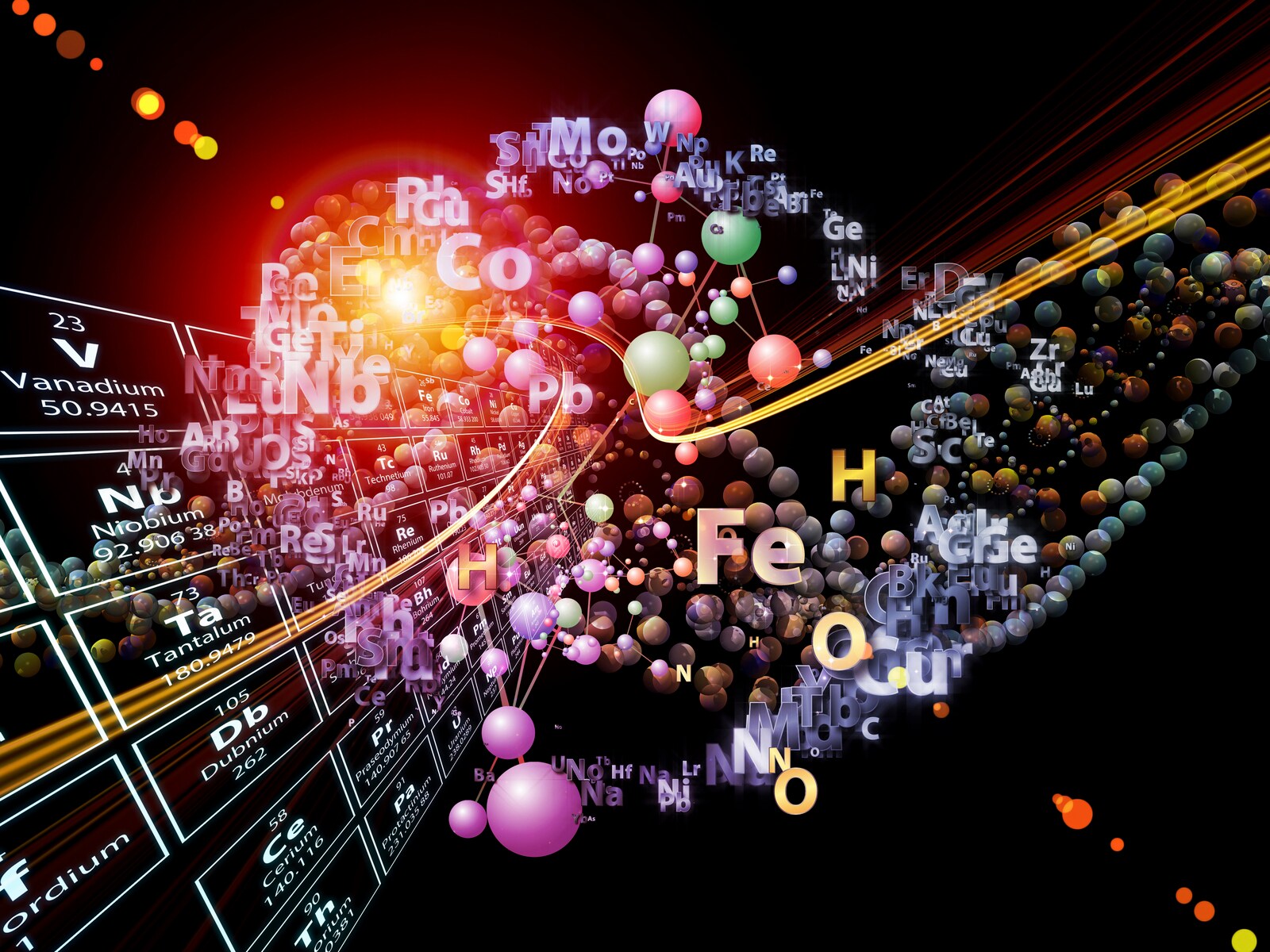 Four new elements discovered last year and known only by their numbers have been given names, completing the seventh row of the periodic table. Assuming the naming proposal passes a public review period, starting in November 2016 these elements will be known as:
Four new elements discovered last year and known only by their numbers have been given names, completing the seventh row of the periodic table. Assuming the naming proposal passes a public review period, starting in November 2016 these elements will be known as:
- Nihonium (Nh), #113, discovered at RIKEN Nishina Center for Accelerator-Based Science in Japan and named after the country. Nihon means “Japan” in Japanese.
- Moscovium (Mc), #115, discovered at the Joint Institute for Nuclear Research in Dubna, Russia and named to honor where it was discovered.
- Tennessine (Ts), #117, discovered by teams from Oak Ridge National Laboratory, Vanderbilt University and the University of Tennessee at Knoxville and named after the state.
- Oganesson (Og), #118, discovered by joint teams at the Joint Institute for Nuclear Research, Dubna and Lawrence Livermore National Laboratory and named after Russian Professor Yuri Oganessian, whose accomplishments include the discovery of super-heavy elements.
The International Union of Pure and Applied Chemistry is the governing agency that approves element names. According to the agency’s website, the IUPAC Inorganic Chemistry Division has recommended these four names for acceptance. Formal approval by the IUPAC Council is expected after November 8, 2016 following a five-month public review period.
According to the recently revised naming guidelines, newly discovered elements can be named after:
- a mythological concept or character (including an astronomical object)
- a mineral or similar substance
- a place, or geographical region
- a property of the element
- a scientist.
New element names should have an ending that reflects and maintains historical and chemical consistency. This would be in general “-ium” for elements belonging to groups 1-16, “-ine” for elements of group 17 and “-on” for elements of group 18. Finally, the names for new chemical elements in English should allow proper translation into other major languages.
IUPAC states that laboratories are already searching for elements for the 8th row of the periodic table. IUPAC and the International Union of Pure and Applied Physics (IUPAP) are currently reviewing the selection principle and operations of a future Joint Working Party (JWP) and as soon as these principles have been decided a new group will be formed. This new JWP will review new claims and the consistency of new results with those already evaluated by earlier JWPs.
Elemental analysis is widely used in industries including metals, mining, plastics, and environmental, to determine how materials can be used and even how they will perform. XRF (X-ray fluorescence) is a non-destructive analytical technique used to determine the elemental composition of materials. XRF analyzers determine the chemistry of a sample by measuring the fluorescent (or secondary) X-ray emitted from a sample when it is excited by a primary X-ray source. Each of the elements present in a sample produces a set of characteristic fluorescent X-rays that is unique for that specific element.
To learn more about how XRF works, download one of our XRF eBooks:






What were the instruments used in preparing the newest four elements??
What were the instruments used in preparing the newest four elements; nihonium, moscovium, tennessine and oganesson?
We just reported on the article. Maybe you can try checking with the IUPAC.
Thank you for the update